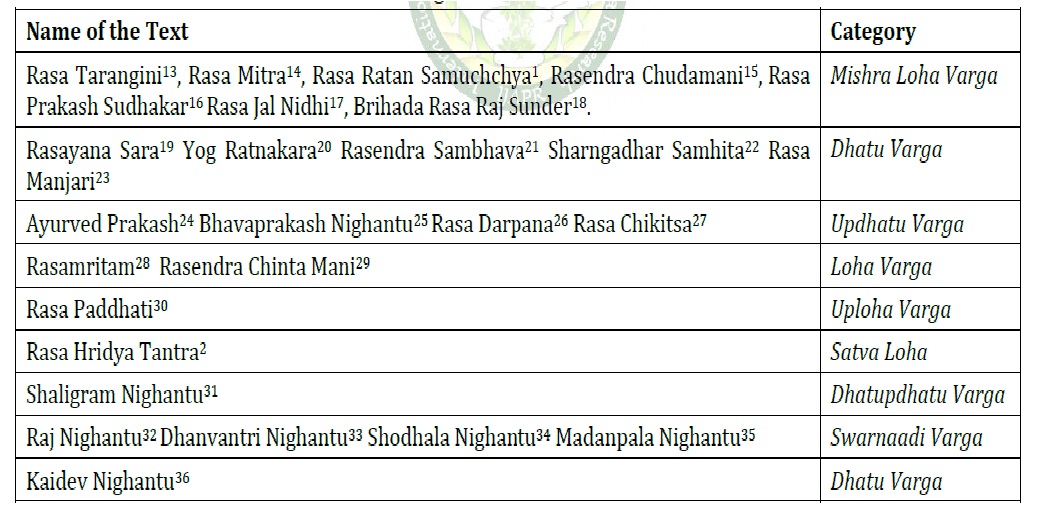Pittala (Brass) in Traditional Indian Knowledge System: A Review
Abstract
Brass (Pittala) is a very popular and common metal alloy typically comprised of 66% copper and 34% zinc. Undoubtedly, it has a much longer history than Zinc. Ayurvedic treatises such as Charaka Samhita (2nd century BC) and Sushruta Samhita (3rd century BC) have mentioned some instruments used for various therapies and surgical procedures made of Pittala such as Jeevah-nirlekhana (tongue scarper), Vasti Netra etc. The original Sanskrit equivalent for brass was Riti, the word Pittala being subsequently adopted for it. In Kautilya Arthasastra (4th century) it is known as Arakuta. Pittala kills a large number of microorganisms within a few minutes to hours of contact. So, it is a good antifouling material. Its ethno-medicinal use is in Raktapitta, Krimi, Kushta and Pandu Roga. Probably, there is no available literary research study done on Pittala so far. Most of the information is obtained from Rasa Ratan Samuchchaya. Pittala Bhasma retains the property of both Tamra (copper) and Yashada (zinc). It has Tikta Rasa (bitter taste), and its Virya (temperament) is either Ushna (hot) or Sheeta (cold), which depends on the variety of Pittala and various drugs used in the process to make Bhasma. It appears from the thorough search of the process of Marana, that its Bhasma preparation is easier than Tamra.
Downloads

Copyright (c) 2022 International Journal of Ayurveda and Pharma Research

This work is licensed under a Creative Commons Attribution-NonCommercial-ShareAlike 4.0 International License.






